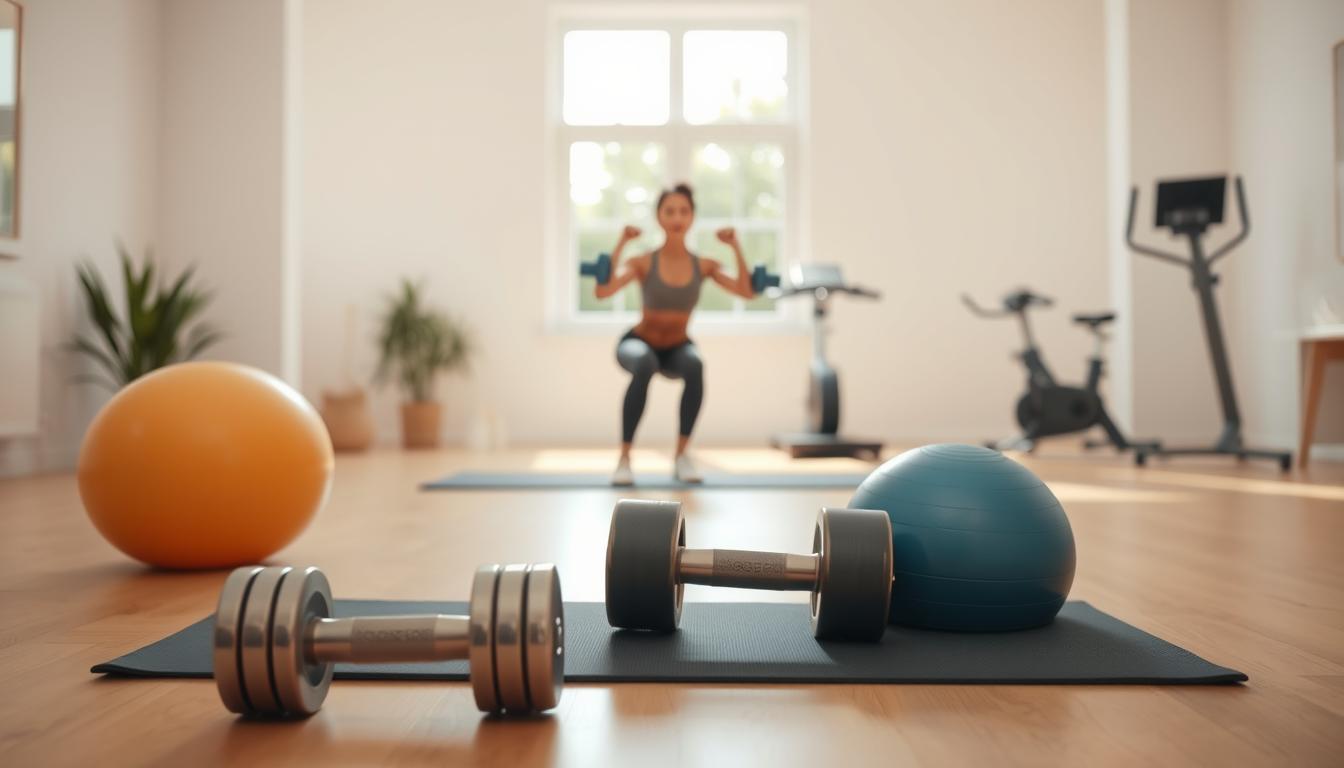Did you know that regular exercise can reduce the risk of chronic diseases by up to 30%? Starting a beginner friendly fitness plan can be…
Minimalist Fitness Routines
Effective Minimalist Home Workouts: No Gear Required
Did you know that a regular bodyweight training regimen can improve overall fitness and increase strength without the need for any equipment? With increasingly busy…

